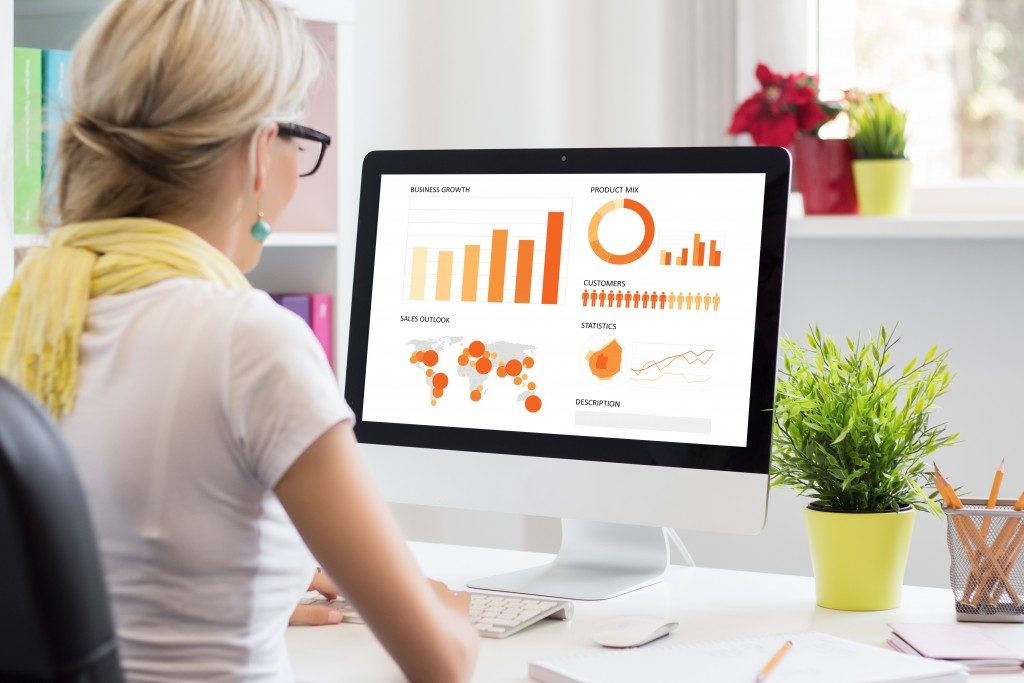Pricing strategies in e-commerce now revolves around a data-centric approach of analysis. Pricing intelligence, for that matter, has become a multi-tiered activity that includes price tracking, price monitoring, as well as price analysis. To better understand the market in the online world and to expand one’s reach, price strategies should adapt quickly and with scale. Particularly in the online world, the prices of products change frequently. For retailers and business owners, a dynamic strategy on pricing intelligence should be crafted. A way to achieve it is through the use of automation.
The Power of Algorithms
The impact of using pricing data is profound. And yet only 6 hours is spent on average by a company in creating a pricing strategy. To simply use available data and crunching them to come up with a price no longer transcends to a more competitive outcome. The e-commerce pricing landscape is wrought with endless competition and a heavy dose of uncertainty.
Thankfully, computing has grown by leaps and bounds. Algorithms are now utilized to produce better pricing models. The data collected by algorithms can be analyzed quicker and with more substance. Any information obtained is valuable in comparing one’s price with other companies’ prices. In the era of unified commerce, such value is unprecedented. Every brand must learn how to survive in the market. Without data to rely on, without a computing edge, survival is never assured.
Scalability and Time Efficiency

In automated pricing, data collection is made scalable. Growing companies also see their SKUs, their channels, and their competitors grow. To understand the increasingly saturated market, the use of automation is crucial. By monitoring prices via algorithms, companies will be able to identify similar products even if product profiles are different. Websites are uniquely designed, so presentation differs. But algorithms can accurately determine small differences in pricing.
Automation too can cut time significantly. Manually checking and comparing prices is indeed ancient. With more accurate pricing information being gathered through automation, time that is lost with traditional models (or non-automated approaches) is resolved. In effect, there will be more resources left for other projects and programs. There will also be a greater chance to deliver an optimal price to customers. And most importantly, human error is greatly reduced.
Notes on Pricing Analysis
In competitive pricing analysis, often, pricing analysts devour data to get an insight on prevailing market prices. With the use of automation, there can be some old habits that may hinder a more effective pricing strategy. Automation hastens the analysis, and this can be abused.
Two types of pricing strategies that can be abused are cost-plus and competitor-based pricing. In the former, the most traditional of all approaches, pricing analysts may produce a few lines of code to get a price. With the latter approach, a simple data collection of prices offered by competitors can be added with the same ease of creating code. These approaches are so easy that the real value of the product is overlooked.
To avoid losing touch with what customers need, use a value-based strategy. This guarantees that customers get the right value of what they pay for, not with what algorithms understood with competitor prices and so on. Automation is obviously powerful. But to overuse it so as to forget the purpose of your brand is the same as being shortchanged as a business.



